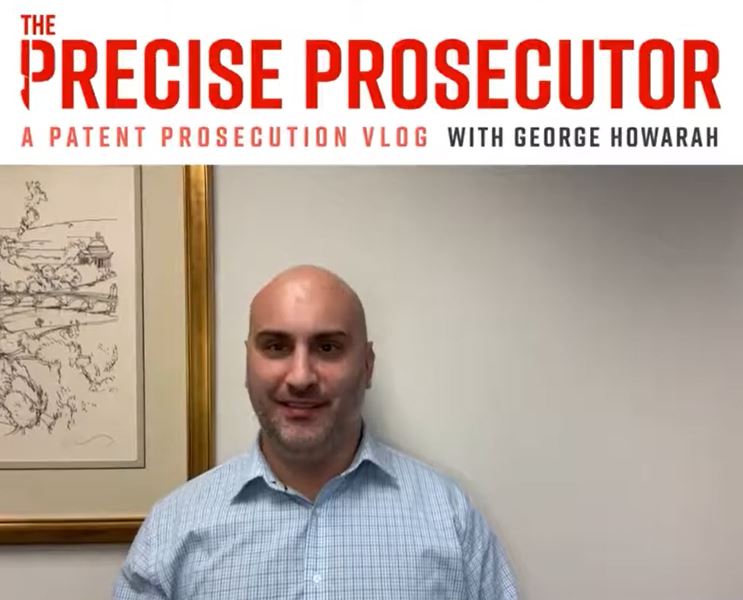Decoding the Signature: The Influence of Patent Examiner Authority on Patent Outcomes
Navigating the patent application process can feel like a complex chess game, where understanding the moves of patent examiners plays a critical role in strategy. In this week’s ‘The Precise Prosecutor’, George Howarah provides a deep dive into a less discussed but highly impactful aspect of the patent examination process: the significance of a patent examiner’s ability to sign their own office actions and what it means for applicants.
The Significance of Examiner Levels
At the heart of the patent examination process is the General Schedule (GS) pay scale, which ranges from GS-5 for junior examiners to GS-15 for the most senior. This scale is not just a measure of experience but also a reflection of authority within the United States Patent and Trademark Office (USPTO).
A key transition occurs when examiners reach the GS-13 level, granting them partial signatory authority. This allows them to independently sign all non-final office actions, a significant marker of trust and responsibility within the USPTO. The journey from a junior GS-5 examiner to a GS-13 with this level of autonomy involves a rigorous evaluation of job performance, emphasizing the quality of work.
From Junior to Primary: The Path to Full Authority
Achieving primary examiner status, where one can sign all types of office actions including final ones, requires even more. Examiners must successfully complete a specialized program designed to evaluate their readiness for this level of independence. This designation as a primary examiner signifies a level of expertise and authority that directly impacts the patent application process.
Why It Matters to Patent Applicants
For patent applicants, the distinction between junior and primary examiners is crucial. An office action signed by a junior examiner who lacks the authority to issue final decisions might not have undergone the same level of scrutiny as those reviewed by a primary examiner. This is especially critical in complex technological areas or in nuanced legal scenarios, where experienced oversight is paramount.
George emphasizes the practical step of examining the examiner’s signature on office actions. This isn’t about undermining the capability of junior examiners but rather about understanding the depth of review and expertise your patent application is receiving. A signature from a primary examiner indicates a thorough vetting process, reflecting a higher degree of reliability and authority.
The level of authority a patent examiner holds can significantly influence the patent examination process. By understanding the implications of examiner signatures, applicants can gain insights into the level of scrutiny their application has undergone, informing their responses and strategies. George’s expert insights offer a critical lens through which applicants can navigate the patent process more effectively, especially in fields where the complexity of technology and law intersect.
Want more Precise Prosecutor? Check out other videos with George Howarah here!

